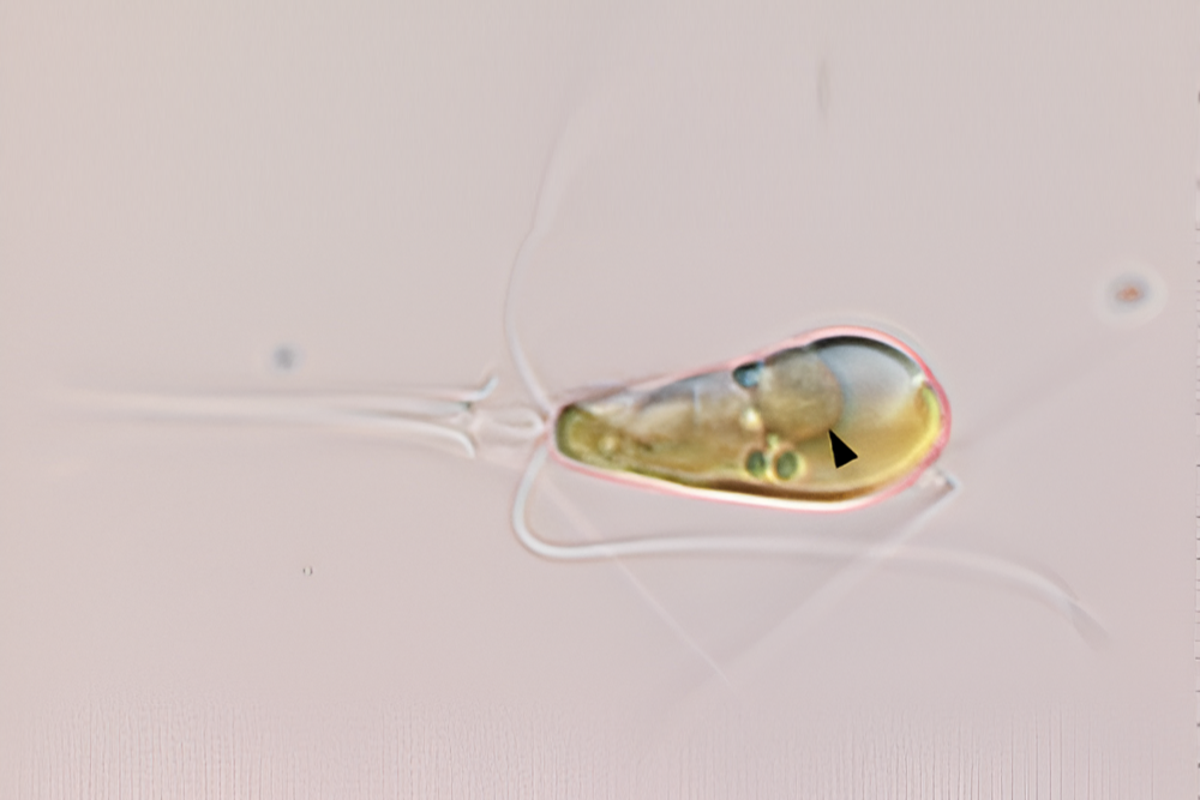Scientists have observed a remarkable evolutionary event for the first time in a billion years – the merging of two lifeforms into a single organism through primary endosymbiosis. This phenomenon, which has only occurred twice in Earth’s history, has led to the emergence of all complex life as we know it through mitochondria and plants.
Recently, an international team of scientists discovered this process taking place between a species of algae commonly found in the ocean and a bacterium. Tyler Coale, a postdoctoral researcher at the University of California, Santa Cruz, led one of the studies that uncovered this phenomenon. He explained that the first time this event occurred, it gave rise to all complex life and that it happened again with the chloroplast, leading to the evolution of plants.
The algae engulfed the bacterium, providing it with nutrients, energy, and protection in return for functions it previously couldn’t perform. In this instance, the ability to fix nitrogen from the air. The algae then incorporated the bacterium as an organelle, an internal organ vital to its functioning. Researchers from institutions such as MIT, UC San Francisco, UC Santa Cruz, Lawrence Berkeley National Laboratory, Barcelona’s Institut de Ciències del Mar and National Taiwan Ocean University were involved in this groundbreaking research.
The discovery made by these scientists could potentially revolutionize agriculture by engineering organelles like these into crop plants.



